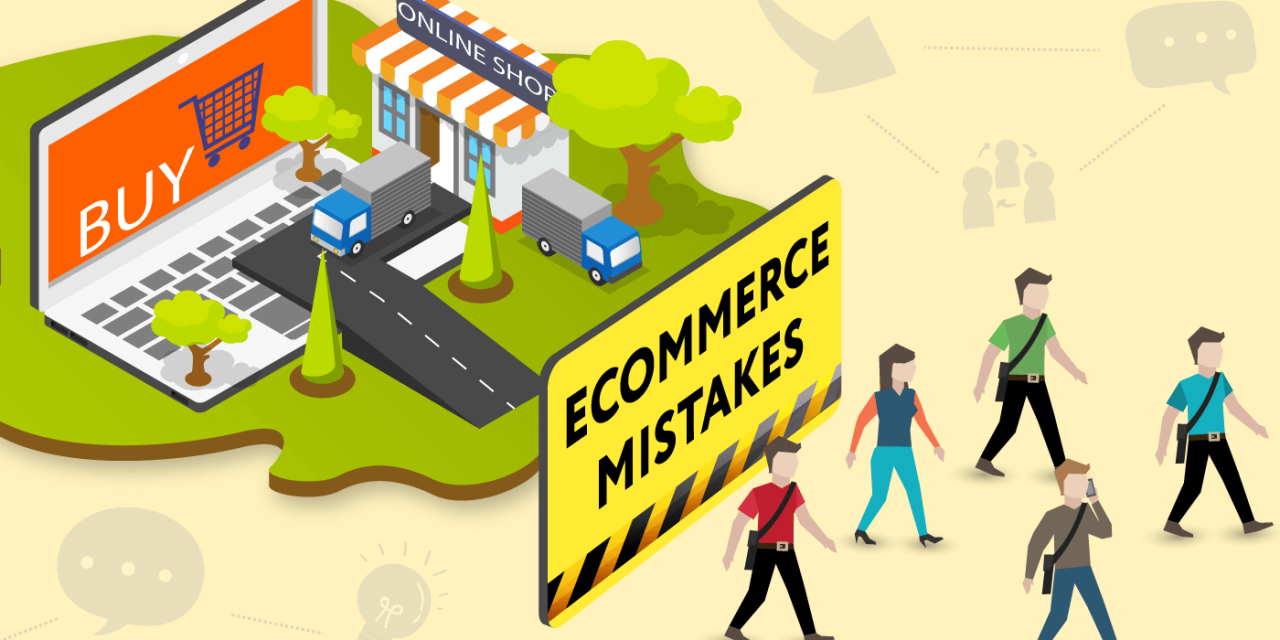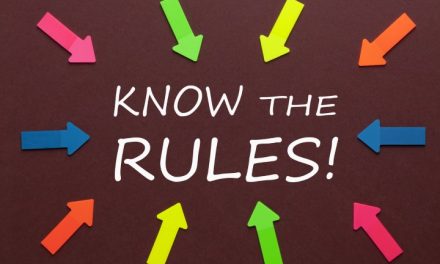“Selling online is easy,” they said. “Get your business more customers by being online,” they said. Perhaps it hasn’t quite worked out that way for you and you’re wondering how it went wrong. Getting online is only half the job and there are a few details that people leave out when they are telling you about the success of those who have made it big with eCommerce and online selling. The term eCommerce is used loosely here to include all types of online selling, even if it is only partially done online. The 5 mistakes here are discussed with solutions to them.
No storytelling
The human mind has a funny way of working with information. Abstract ideas don’t always appeal to the mind so telling me you have a machine that can wash my clothes will likely be met with a retort such as “I already wash my clothes”. If however you are told the machine can save you 3 hours a week which you can dedicate to your favourite thing your mind comprehends better. Remember online is a very impersonal platform and you need to help your audience and potential customers relate to your product. Storytelling helps people to understand your product and what it can do for them. How does your website story tell? Use testimonials to help people relate.
Poor engagement
Engagement is a term used in social media and social media management to ordinarily mean how much people interact with what you post. However, in this case, I refer to how much you interact with people on these platforms. The mistake many have made is thinking about the appeal of the internet and social media is the ability to broadcast at a low cost. This is a misnomer as businesses have always been able to do this. However, if your idea of marketing on the internet is just shouting what products you have you perhaps should rethink. Talk to customers, talk to people, just talk. Create relationships with people online. Online or not, relationship selling is still key and it starts with engagement.
No paid ads
The myth of virality has got a lot of people thinking your product or business will just go viral because people like it or need it. What we find in practice is there is a lot more work involved in going viral. There are a lot of ways of looking at this but I will use Malcolm Gladwell’s analogy of strong ties from the book Blink. Simply put, strong ties are people who are close to you, are a lot like you, know what you know and don’t know what you don’t know. Promoting your products using unpaid channels on the internet will lead you to mostly connecting with strong ties or people like them ergo like you. Great if that’s your target market but your reach in this regard is often limited by how many people you know. Paid advertising allows you to target potential customers based on customer behaviour and demographic details. Relying on free channels only will not get you where you need to be seen. So consider adding paid advertising to your platforms and mix it with your free advertising methods.
Your process is complex
This mostly affects businesses with partially integrated solutions which involve some of the process is done online and part of it offline. The problem comes in using processes that work in face to face environments in offline situations. A simple example is asking a customer to pay upfront for a product they will only receive in weeks. This works, of course, but in certain places, it can face massive resistance especially if the customer is capable of walking into a shop to get the same item on the spot. The solution, if you feel this may be you, is to analyse your sales process and make sure that you are following the rule of “er”. If your online selling method is not providing the product without a word that ends in “er” (better, cheaper, faster, easier, etc) you need to reimagine your sales process.
You’re not speaking to YOUR customers
This is a bit more difficult to explain easily. Generally, brands are built for a specific group of customers, we will call these your hardcore. Amazon, for example, found it’s initial hardcore in bibliophiles who wanted more books, cheaper. They eventually found space for other products but they first took root with their hardcore. I doubt Amazon at the time was beaming out marketing messages for sneaker enthusiasts. In the same breath, you need to start speaking to your customers and this is a matter of branding and messaging. Here’s a simple question; who are your customers? If your answer is something like “everyone” that’s the problem. Go back and build your buyer personas and create branding and messaging that targets these people.
In conclusion, online selling is still selling. The rules are the same, only the media used differ. So sort out those parts of your online marketing and see if this doesn’t help your online sales.








